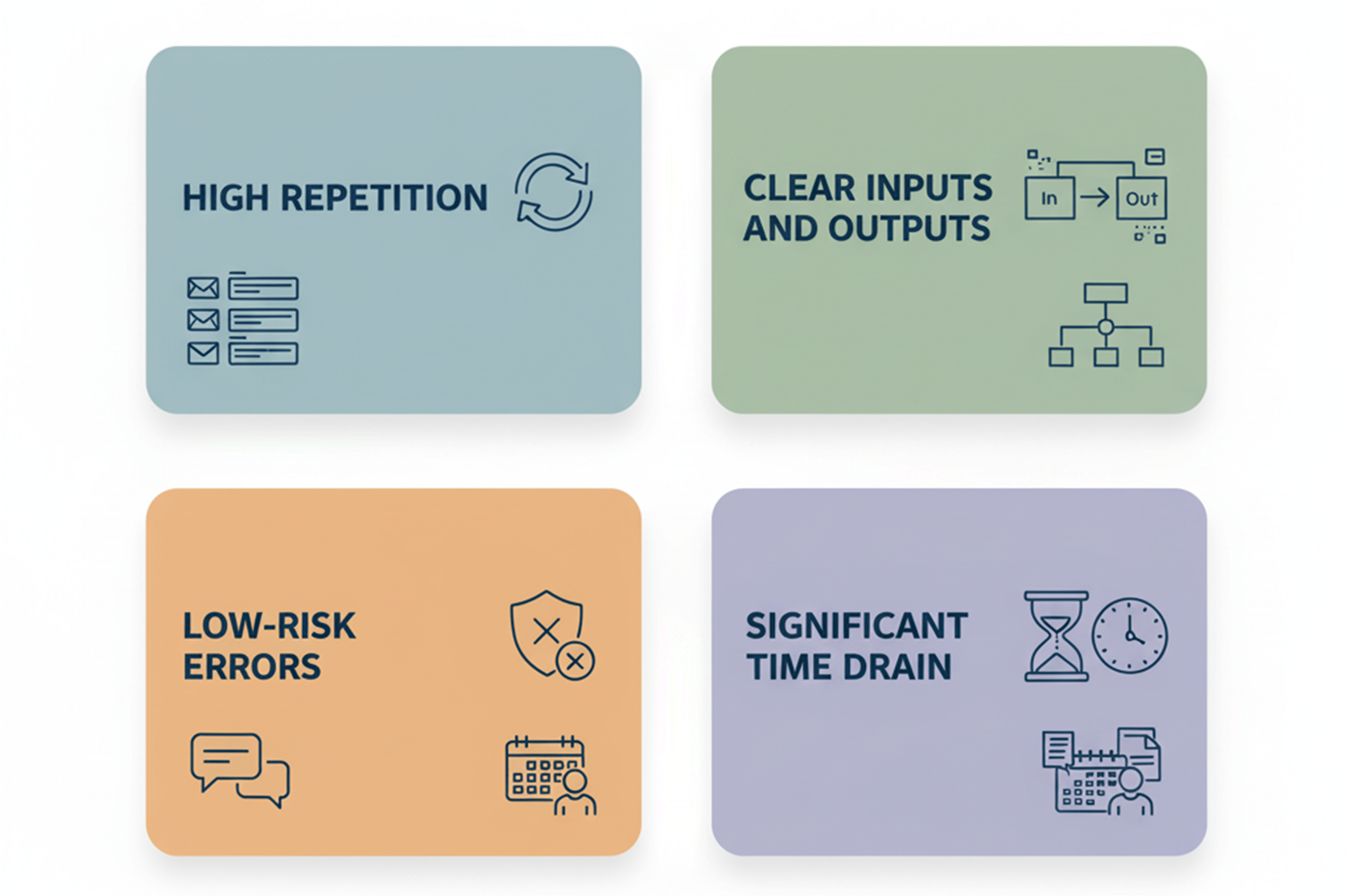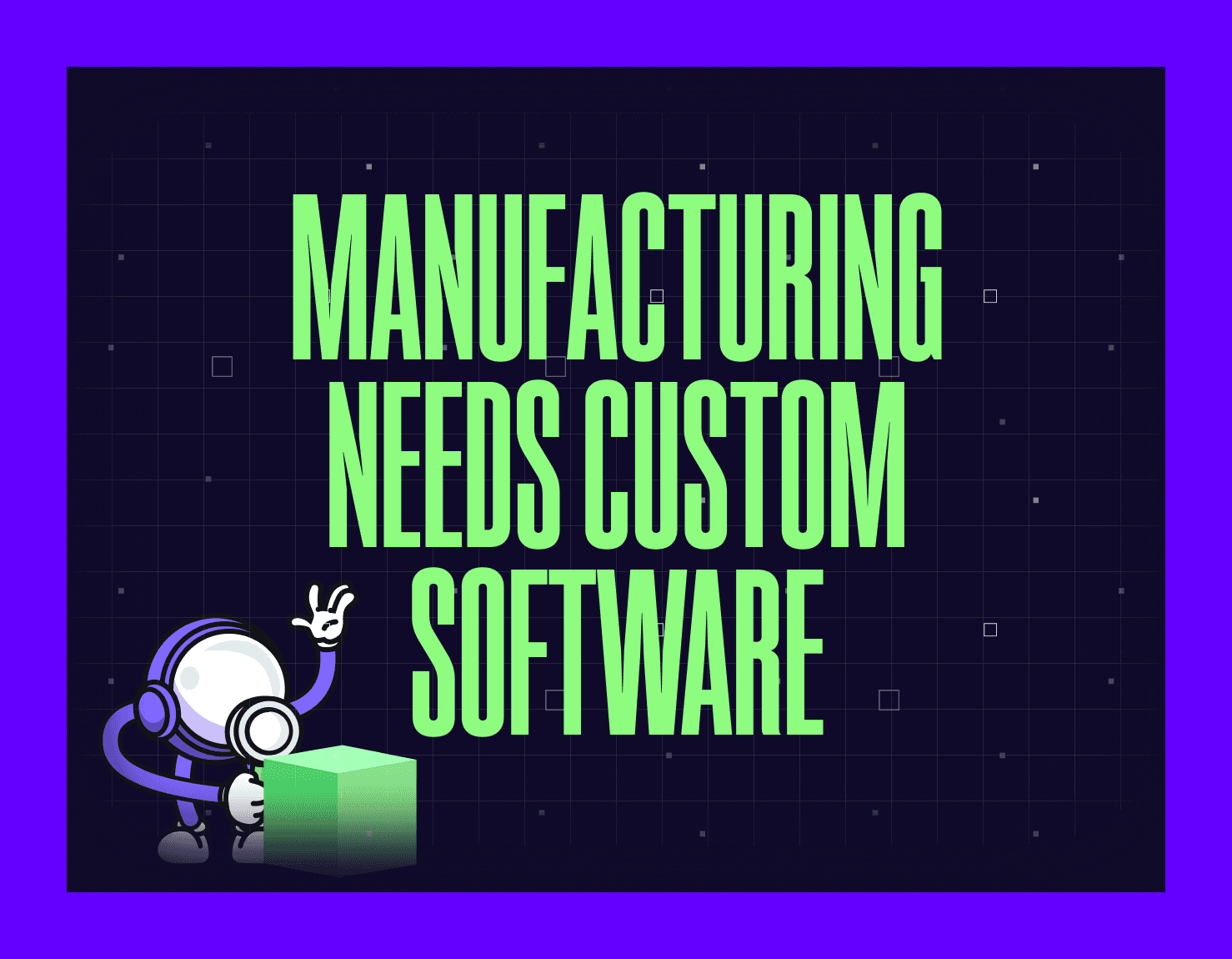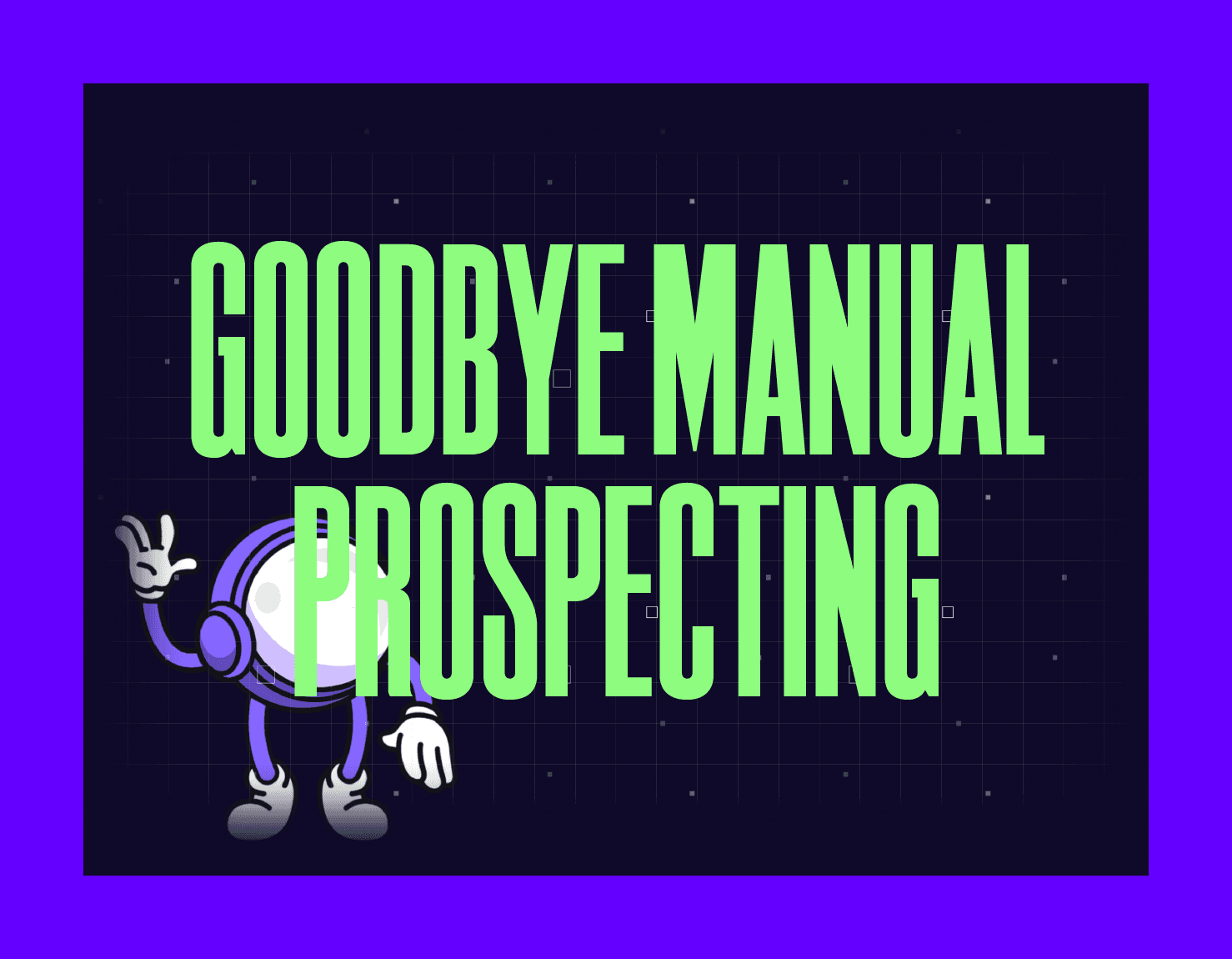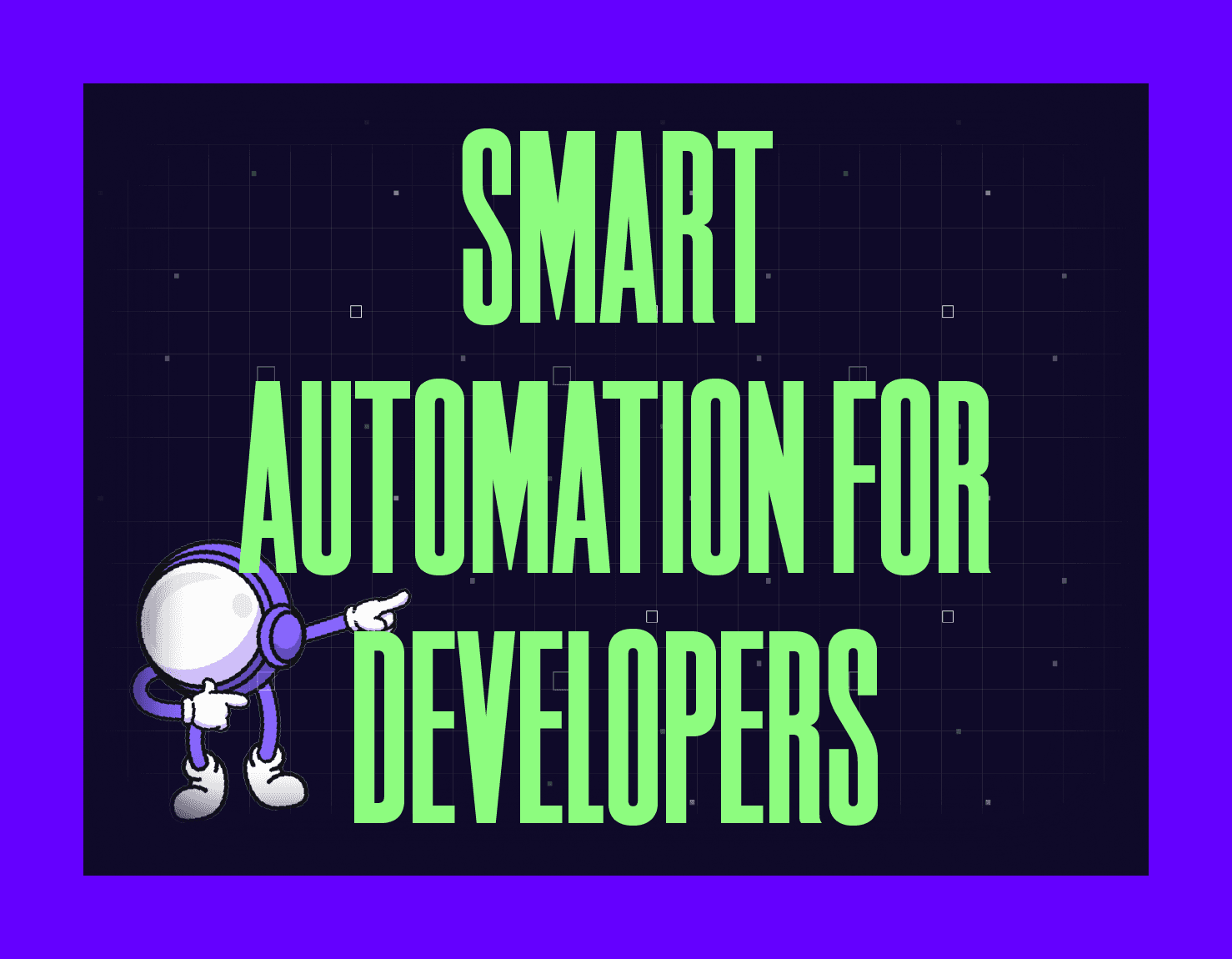SaaS AI Agent Integration - Build and Deploy in One Week

Will AI agents replace SaaS?
How to Add AI Agents to Your SaaS Platform in 2025
Artificial intelligence (AI) agents are revolutionizing SaaS platforms in 2025, driving automation, intelligence, and scale. But will AI agents replace SaaS? The answer is no. Instead, AI agents are becoming essential extensions of SaaS, automating repetitive workflows that once slowed teams and killed margins. Without AI agent integration for key tasks like support triage or lead qualification, your SaaS platform risks losing the efficiency edge to competitors.
With API call costs dropping to as low as $0.001 and mature platforms like OpenAI, n8n, Make.com, and Zapier offering plug-and-play AI integrations, embedding AI-powered automation is both affordable and impactful.
According to data from Aalpha.net (opens in new tab), you can automate hours of manual work per week for the cost of a coffee. The real question for SaaS founders is "Which repetitive task should you automate first to gain efficiency and boost margins?"
Every founder faces the same enemy: repetitive work that eats time. Think about it. How many minutes do you burn each day sorting support tickets? Or copy-pasting leads into a CRM? Or untangling invoices that never match your system? These tasks slow your team. They kill your margins. The smart move isn't to automate everything at once. Start where it hurts most.
Why Integrate AI Agents in SaaS Now?
By embedding AI agents, SaaS platforms unlock powerful SaaS platform automation that transforms how products operate and deliver value. By automating complex workflows, AI agents help teams accomplish more with fewer resources.
Key benefits include:
- Reduced operational costs by automating manual, repetitive tasks.
- Increased productivity through faster issue resolution and intelligent task routing.
- Improved customer experience with personalized, timely interactions.
- Accelerated innovation by freeing up developers and staff for high-value activities.
- Scalability without proportional increases in headcount or infrastructure.
Leading SaaS companies that embed AI agents directly into their platforms are scaling faster, improving retention, and staying competitive in the evolving AI-powered market.
How to Choose Your First SaaS AI Agent Use Case
Starting from how to choose your first SaaS AI agent use case, it’s essential to focus on tasks that provide the best balance of impact, feasibility, and risk. Identify repetitive workflows in your SaaS that occur frequently - daily, weekly, or even multiple times per day - and have clearly defined inputs and predictable outputs. The best tasks to automate are those that your team spends significant time on, but which are straightforward enough to describe and measure. Select low-risk tasks with clear inputs, predictable outputs, and simple error correction.

Common high-impact use cases leverage AI for business process automation, including support ticket triage through AI classification and intelligent routing, improving sales efficiency by qualifying leads from web forms before CRM entry, and accelerating accounting cycles with invoice OCR to extract key billing information automatically. By automating such workflows, SaaS teams reclaim hours weekly, boosting overall productivity and enabling refocus on higher-value strategic projects.
This guide will help you identify the most promising tasks to automate first with AI agents in your SaaS platform, grounded in real-world experience. You’ll find practical selection criteria and proven examples of teams deploying automation in under a week. Step-by-step instructions will guide you to build workflows using reliable, scalable tools while highlighting checkpoints to avoid costly pitfalls. With this approach, you’ll turn repetitive busywork into a powerful strategic advantage driving efficiency and growth across your SaaS business.
Essential Tools and Skills for SaaS AI Integration
Before integrating AI agents into your SaaS platform, it’s important to prepare both your technology stack and your team. Think of it like prepping a kitchen before baking a cake - missing essential ingredients means the process will cause delays or failures.
Accounts and Platforms You'll Need
Successful AI agent integration requires preparing your technology stack and team, including acquiring API keys and access credentials essential for smooth automation. These tools enable you to rapidly connect AI capabilities without developing custom code from scratch:
- n8n - A flexible, open-source workflow automation tool, ideal for custom logic and self-hosting.
- Make.com - A visual platform ideal for connecting various SaaS apps without writing code.
- Zapier AI - Known for fast API connections and quick prototyping.
- LangChain - Designed for advanced language models and custom AI logic workflows.
Additional essentials:
- API keys for each platform. Find these in account settings.
- Access credentials for your main data sources. This includes CRM tools like HubSpot, ticketing systems, or databases.
- Admin rights to securely connect new services to your infrastructure.
For example, if you plan to score leads from Facebook forms to Salesforce, ensure both platforms’ APIs are accessible with valid tokens to avoid integration issues.
According to Aalpha (opens in new tab), connecting your stack early prevents integration headaches later.
Essential Team Skills and Roles for SaaS AI Agent Integration
Successful integration of AI agents in SaaS requires equipping your team with key technical and product skills. Focus on these core competencies:
- API Integration: Use point-and-click tools or simple configuration files to connect AI agents with your SaaS platform efficiently.
- Workflow Building: Design and implement workflows using drag-and-drop logic nodes, including conditional if/then branches for automation flexibility.
- Testing and Validation: Set up and manage testing environments that ensure your automation runs smoothly without disrupting live operations.
Assign a technical lead who understands both the business process and the technical infrastructure. A product manager should also define key success metrics like AI accuracy rates, time saved and error reduction. Early involvement of IT and security teams is crucial when handling sensitive or regulated data to ensure compliance with governance and maintain system integrity.
For example, this Medium case study (opens in new tab) shows an engineer built a production-ready API-based AI agent system in just two weeks using plug-and-play connectors, avoiding complex custom code entirely.
Checkpoint: Confirm all accounts are fully active and team roles are clearly assigned before beginning development. Proper preparation prevents costly delays or workflow roadblocks during implementation.
Step 1: Pick Your Use Case - Identify the Task Worth Automating
Start by choosing one repetitive task in your SaaS operations that offers the biggest opportunity to save time or reduce costs. Avoid trying to automate everything at once - focus on high-impact tasks that slow your team down today.
Ask these three key questions to select the right task:
- Does this task occur daily or weekly at a high volume?
- Can you clearly describe the input the AI will receive and the expected output? For example, "New form submission arrives, the AI scores the lead, and qualified leads are sent to the sales team."
- Is the task low-risk, meaning that if the AI makes a mistake, it can be quickly corrected without serious consequences?
Some proven use cases include:
- Customer support ticket triage, where the AI reads incoming tickets, tags them by topic, and routes urgent cases to the right team.
- Lead qualification from web form submissions, enabling AI to analyze and score leads, sending only serious prospects to your CRM.
- Invoice data extraction, where AI reads PDF invoices, extracts critical fields like vendor name and amount, and pushes data into your accounting software.
- Automating customer onboarding emails for new users, sending personalized welcome messages based on user data.
- Summarizing code review pull requests, with the AI scanning changes, identifying potential issues, and posting concise summaries for the dev team.
Real-world example: A startup overwhelmed with Facebook group leads built an AI-powered lead qualification workflow on n8n using the OpenAI API. Their system automatically scores and filters over 50 leads per week, saving about 10 hours of manual work.
Checkpoint: By the end of this step, you should have a specific, high-volume, and safe-to-test task identified for your first AI automation project.
Step 2: Pick Your AI Workflow Platform - Avoid Building from Scratch
Save weeks of development time by using existing SaaS AI workflow platforms that easily connect to your tech stack. Top options for API-based AI automation include:
- Make.com - Visual, beginner-friendly platform with extensive pre-built integrations.
- n8n - Open-source, flexible, great for custom logic and self-hosting.
- Zapier AI - Fast setup, large app library, perfect for quick prototypes and automation.
- LangChain - Advanced platform for building custom AI logic with language model chains.
Choose a platform based on your team’s skill level and budget. For maximum control and customization, select n8n. For rapid, no-code automation, start with Make.com or Zapier AI.
Checkpoint: By the end of Step 2, you should have an active account on your chosen platform. You should also have API access to your main data sources like CRM, email, or databases.
Step 3: Build Your First SaaS AI Agent Step by Step
Begin your AI agent setup by mapping your automation process in a visual workflow builder like n8n, Make.com, or Zapier AI - no coding required. These platforms offer seamless AI agent integration capabilities, enabling you to connect your SaaS infrastructure effortlessly and accelerate deployment through drag-and-drop flow design.
For example, if qualifying leads from a web form:
- Open your chosen platform. n8n is popular for agent products.
- Click "Create New Workflow."
- Add a trigger node such as a Webhook or Email Parser to capture data (e.g., “New Form Submission”).
- Insert processing nodes like an OpenAI API node for natural language tasks.
- Chain output nodes to send processed data to destinations like CRM, Slack, or email.
This visual flow shows every step from new data entering your system to the final automated action.
Checkpoint: Run a test event and verify the payload passes through each step correctly before moving forward.
Connecting Data Sources and APIs
Integrate your data sources using built-in connectors or direct API endpoints within your chosen automation platform. For example, if your AI agent scores leads, add output modules for HubSpot, Salesforce, or other CRMs to push results seamlessly.
To connect APIs:
- Locate the integration library inside your platform.
- Find connectors for Gmail, Facebook Groups, CRMs, or any other platform that matches your use case.
- Enter required authentication details. Use API keys or OAuth.
- Map input fields from previous steps into the API payloads.
For example: In n8n's HTTP Request node, paste this sample code:
{
"method": "POST",
"url": "https://api.hubspot.com/crm/v3/objects/contacts",
"headers": {
"Authorization": "Bearer YOUR_API_KEY"
},
"body": {
"properties": {
"email": "{{ $json.email }}",
"score": "{{ $json.ai_score }}"
}
}
}Set up similar connections for any SaaS tool that supports webhooks or REST APIs.
The expected outcome: your workflow continuously pulls live data and pushes AI-processed results directly into business applications.
Checkpoint: After connecting each system, send test data. Verify updates inside destination platforms. For example, check that CRM records appear with accurate scores.
Testing and Guardrails
Thoroughly test your AI workflows using real-world samples, not just demo inputs. Upload actual support tickets, lead forms, or invoices to expose edge cases early..
To add guardrails:
- Insert conditional logic to route uncertain outputs for human review, setting confidence thresholds (e.g., 80%).
- Configure fallback actions to alert your team via Slack or other channels if APIs fail or return errors.
- Log all outputs. Store every decision so you can audit results later.
For example: A How I Built A Complete AI SaaS Agent (opens in new tab) walkthrough shows how even small missteps multiply at scale. Catch them early.
At this point, you should see correct outputs flowing end-to-end. Humans are looped in only when needed. Errors are flagged instantly if something breaks downstream.
Checkpoint: Review logs after several runs. Confirm accuracy above 90%. If issues arise with edge cases or API timeouts, adjust thresholds. Fix error handling as needed.
Adding an AI agent to SaaS isn't just possible. It's repeatable in under a week using proven tools (learn more here (opens in new tab)). Many teams report saving over ten hours per week. They automate just one repetitive task. They don't hire dedicated ML engineers first.
When you automate with agent products built on open platforms, you unlock faster delivery cycles. You see immediate impact.
Step 4: Measure Results and Iterate Fast
Start tracking time savings from day one. Log how long your team spent on the manual process last week, for example, triaging support tickets for three hours daily. This forms your baseline.
After deploying your AI agent workflow, measure again over a full week. Record the total time spent reviewing or correcting AI decisions. Subtract this from the baseline to see hours saved weekly.
You should now see a clear gap. Often it's several hours reclaimed each week.
Next, calculate cost per execution. Most api-based ai platforms charge by API call or token usage. For example, OpenAI's GPT-4 API costs around $0.03–$0.06 per 1K tokens as of 2024. Your lead qualification workflow processes 50 leads per day. Each uses an average of 500 tokens per lead.
{
"method": "POST",
"url": "https://api.hubspot.com/crm/v3/objects/contacts",
"headers": {
"Authorization": "Bearer YOUR_API_KEY"
},
"body": {
"properties": {
"email": "{{ $json.email }}",
"score": "{{ $json.ai_score }}"
}
}
}daily_cost = (tokens_per_lead * leads_per_day / 1000) * cost_per_1k_tokens
Result: $1.25/day
{
"method": "POST",
"url": "https://api.hubspot.com/crm/v3/objects/contacts",
"headers": {
"Authorization": "Bearer YOUR_API_KEY"
},
"body": {
"properties": {
"email": "{{ $json.email }}",
"score": "{{ $json.ai_score }}"
}
}
}At this point, your finance sheet should show both time saved and dollars spent per use case.
A How I Built A Complete AI SaaS Agent From Scratch in JUST 13 Minutes! (opens in new tab) video demonstrates similar calculations. It helps teams decide whether automation is worth scaling further.
Checkpoint: Verify savings exceed costs before automating more workflows.
Accuracy and Edge Cases
Accuracy matters as much as speed. Check results every day for the first week.
- Review every output for errors or misclassifications.
- Log false positives. For example, junk leads marked "qualified."
- Track true error rate. Divide mistakes by total cases analyzed.
For example, five out of fifty invoices were classified incorrectly. That's a 10% error rate for the period.
Immediately document recurring issues such as missing data or unhandled edge cases.
- Update prompt instructions.
- Add human review triggers where confidence scores are low.
- Escalate broken workflows to your dev team with examples attached.
Data from Aalpha.net (opens in new tab) shows that iterative feedback and prompt tuning can reduce error rates by up to 50% within two weeks of launch.
Checkpoint: Aim for a minimum 90% accuracy by the end of your first week. Pause expansion and refine workflows if this threshold is not met.
Using API-based tools like n8n or Zapier AI, iterate rapidly. Remember, the best AI automations are never "done" on version one, they evolve continuously to optimize performance and impact.
Conclusion
Building your first AI agent is less about technical heroics. It's more about solving real pain. You’ve learned how to spot the right automation task, connect proven tools, and protect your workflow from chaos. The biggest challenges? Permissions blocking access, stealthy API failures, or vague outputs that leave teams unsure what to do next. These are common challenges you can overcome with careful testing and clear, precise prompts.
Once your first automation is stable, add new tasks carefully - one at a time. Clone working blueprints and avoid stacking experiments before each proves itself in battle. For deeper mastery, dive into official docs from Make.com or n8n’s advanced triggers. Or explore platforms like MYGOM.AI (opens in new tab), designed to run fleets of AI agents without reinventing the wheel.
Every smart system starts with one step: handling an annoying job with code instead of people. Your journey isn’t finished, this is Act 1 in your automation story. Scale what works safely across your company. The bottom line: teams automating routine work reclaim up to 20% of their week for high-value projects.
You've seen how the story begins. You're the protagonist who transforms busywork into opportunity. Now write your own next chapter with confidence. Let technology do more of the heavy lifting from here on out.
Accelerate Your AI Automation Success with MYGOM
Need expert help to build, scale, or optimize AI automation for your SaaS? MYGOM (opens in new tab) delivers tailored AI agent solutions designed to accelerate your digital transformation and maximize ROI.
Book a personalized consultation (opens in new tab) with MYGOM today and let us help you unlock your platform’s full potential with intelligent, scalable workflows.

Justas Česnauskas
CEO | Founder
Builder of things that (almost) think for themselves
Connect on LinkedIn

